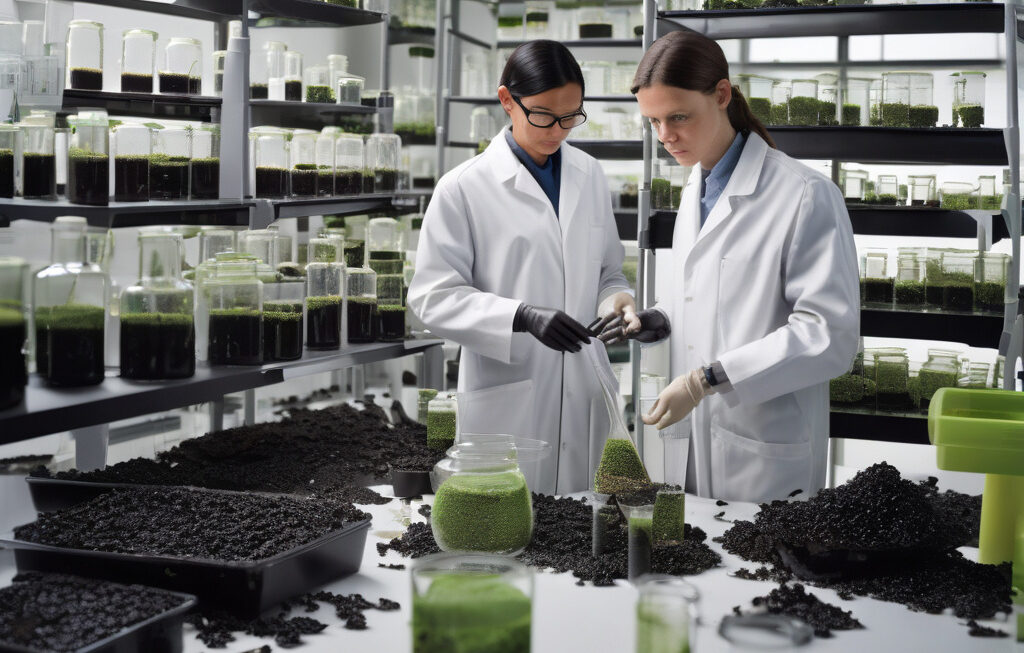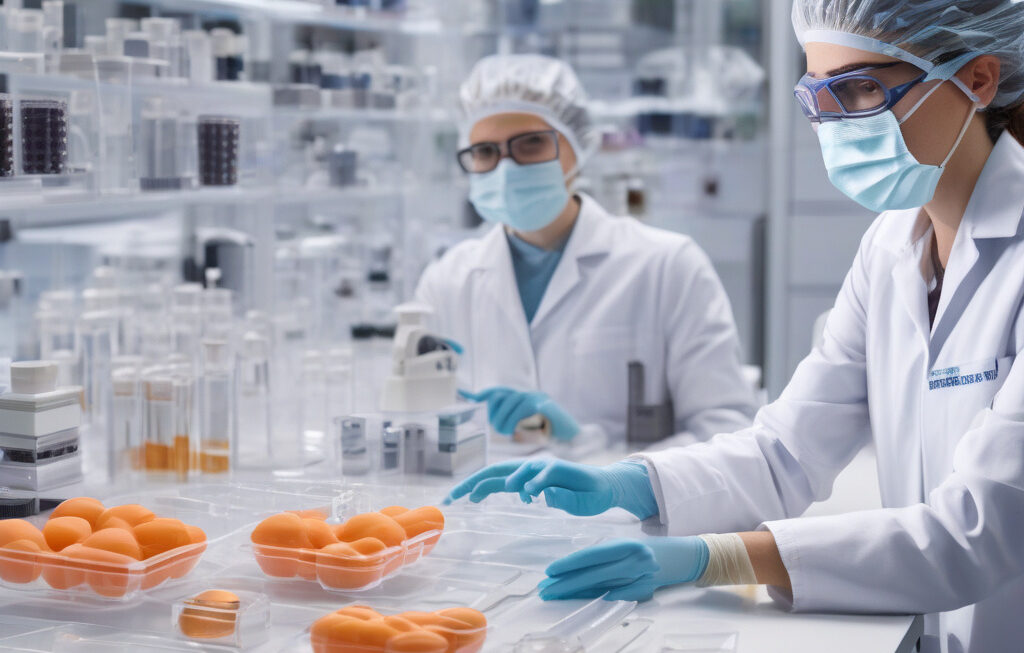Biodegradable Plastics: Are They Truly the Solution to Plastic Pollution?
Biodegradable plastics have been hailed as an eco-friendly alternative to solve the global plastic pollution crisis. These materials are designed to break down more quickly than traditional plastics, reducing their impact on the environment. However, recent studies have raised concerns about the potential health risks associated with biodegradable plastics, particularly in the form of microplastics that can leach into food and beverages.
One of the key sources of microplastics is food packaging and tableware made from biodegradable plastics. These products are often marketed as safe and sustainable options, but emerging research suggests that they may pose a threat to human health. When biodegradable plastics break down, they can release tiny plastic particles that are ingested along with food and drink. Once inside the body, these microplastics can accumulate in the gut and have been linked to a range of health issues, including inflammation, gut permeability, and even the development of conditions like diabetes.
A study published in the journal Environmental Science & Technology found that biodegradable food containers released a significant number of microplastics when exposed to hot liquids. The researchers discovered that these microplastics could disrupt the balance of bacteria in the gut, potentially leading to metabolic disorders such as diabetes. This research highlights the importance of understanding the full lifecycle of biodegradable plastics and their potential impact on human health.
The prevalence of microplastics in the food chain is a growing concern for public health officials and environmental advocates. As biodegradable plastics become more widely used in food packaging and tableware, the risk of exposure to microplastics is likely to increase. In addition to the direct health effects of ingesting microplastics, there are also concerns about the potential transfer of harmful chemicals from the plastics to the human body.
To address these risks, researchers and policymakers are calling for more stringent regulations on the use of biodegradable plastics in food contact materials. In the European Union, for example, new regulations have been proposed to limit the migration of microplastics from food packaging into food products. These measures aim to protect consumer health and reduce the environmental impact of plastic pollution.
In the meantime, consumers can take steps to minimize their exposure to microplastics from biodegradable food packaging and tableware. Choosing products that are certified as microplastic-free and avoiding hot liquids in biodegradable containers can help reduce the risk of ingesting harmful plastic particles. By staying informed and making conscious choices, individuals can play a role in mitigating the potential health threats posed by microplastics in the food chain.
In conclusion, while biodegradable plastics offer a promising solution to the problem of plastic pollution, their impact on human health should not be overlooked. The presence of microplastics in food packaging and tableware is a cause for concern, and more research is needed to fully understand the risks involved. By balancing the environmental benefits of biodegradable plastics with their potential health implications, we can work towards a more sustainable and safe future for plastic use.
biodegradable plastics, microplastics, food packaging, human health, environmental impact












